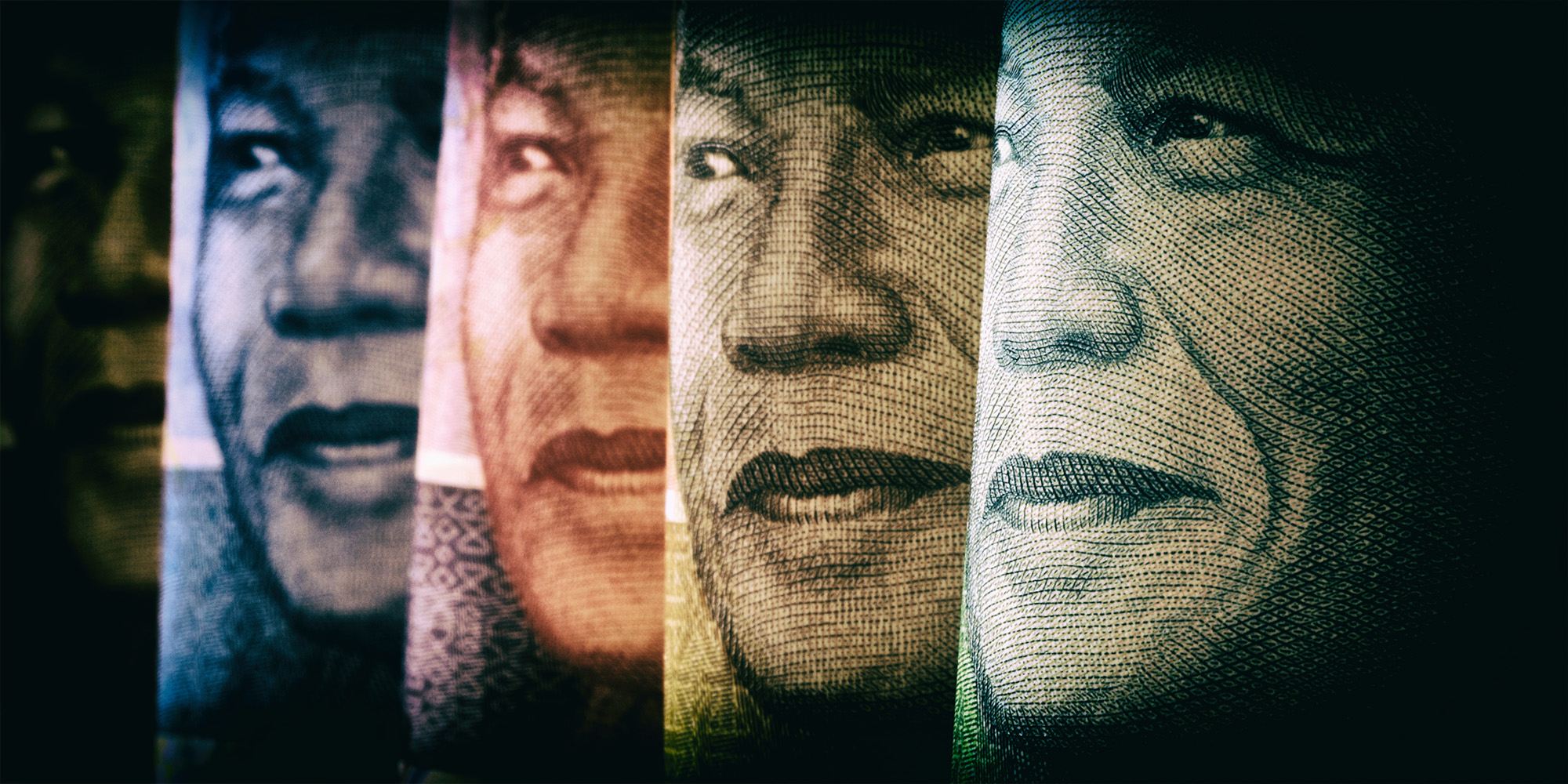South Africa, as an emerging market, is probably not in a position to begin “quantitative easing”. To be honest, there is an element of discrimination at play here. When the European Central Bank or the Bank of Japan embark on such a path, it is labelled “quantitative easing”. When a developing economy tries something similar, it is seen as printing money, pure and simple – the last resort of a banana republic. That may not be entirely fair, but there you go.
A lot has happened since the prospect of exploring the option of “quantity easing” was raised by ANC secretary-general Ace Magashule at a press conference on Tuesday, hours after data showed South Africa’s economy had contracted 3.2% in the first quarter of 2019. Finance Minister Tito Mboweni came out swinging, as did the South African Reserve Bank (SARB) itself on Wednesday, as Magashule had also mentioned changing its mandate (once again) to focus on growth.
“The Constitution outlines the primary mandate of the Reserve Bank, being to protect the value of the currency in the interests of balanced and sustainable growth. The independence and competence of the Reserve Bank all come from the Constitution,” Reserve Bank Governor Lesetja Kganyago said.
Pointedly, he also noted that South Africa was not, say, Japan:
“Quantitative easing is a tool available to all central banks, but for you to do quantitative easing the following conditions have to be met: Inflation must be so low that it threatens to go to zero… interest rates must be very low. Those conditions do not exist in South Africa.”
Politically, this is all a transparent proxy conflict between President Cyril Ramaphosa’s supporters and those from the camp of disgraced former president Jacob Zuma. But there is an area of monetary policy that involves easing that has wider political support, does not involve changing the SARB’s mandate, and would probably give the economy at least some of the stimulus it needs without reigniting inflation.
And that is simply to cut interest rates, which the Reserve Bank has already signalled is on the horizon. At the last meeting of its Monetary Policy Committee (MPC) in late May, when the main lending or repo rate was held steady at 6.75%, two of the five members voted for a 25 basis-point cut. The bank at the time said it expected a Q1 economic contraction (without giving a specific forecast), but it was surely as taken aback as the rest of us by Tuesday’s number, with market expectations of a 1.6% to 1.7% shrinkage.
This gives the Reserve Bank plenty of room to cut rates. Inflation in April was, by South African standards, a tame 4.4%, almost smack in the middle of the central bank’s 3-6% target band. Moderate inflation is largely the result of subdued demand, sky-high unemployment and an economy that is clearly on the rocks. Even crude oil prices, which have been one of the main sources of price pressures in the economy, are currently near four-month lows. The time looks ripe for a cut at the next MPC meeting in July 2019.
And there is political support for such a move from the ANC left and its union allies, such as Cosatu. We are also at a juncture when business and markets would also likely, if cautiously, applaud such a move — an unusual confluence of South Africa’s normally conflicting political and economic currents.
This does mean that the Reserve Bank can go crazy (as some on the ANC left would like) and cut rates to the bone. But there is clearly scope for some monetary loosening, even if this is still not a panacea for an economy with severe structural constraints and a gloomy global environment wracked by superpower trade wars and the like.
“While the SARB may opt to lower interest rates in the upcoming months, rate cuts will arguably do very little to bolster economic growth as the growth hurdles that South Africa is facing are structural,” Jana van Deventer, an economist at financial consultancy ETM told Business Maverick.
The one elephant in the room is, of course, the rand currency, which like the big cat depicted on the R200 note, can always change its spots. Protecting “the value of the currency in the interests of balanced and sustainable growth” is the SARB’s key constitutional mandate. But talk of “quantity easing” and open ANC skirmishes over crucial economic policy are like twin torpedoes that can sink the currency. And that limits the Reserve Bank’s ability to cut rates because one of the things that props up the rand is relatively high rates, which makes it worthwhile for investors to put their money in cash here compared with other destinations.
So the big question may be the “quantity of easing”, or the pace and size of rate cuts, rather than “quantity easing”.
Let’s hope that is all the ANC statement was trying to say in its own, unique and roundabout way. DM





